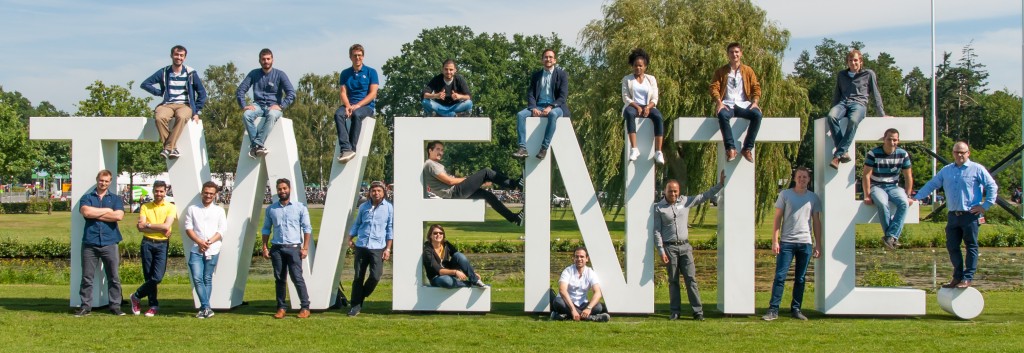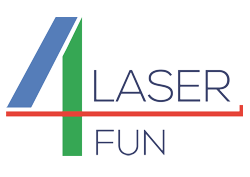
In total 22 persons attended and contributed to the 1st international Summer School & 2nd Laser4Fun Summer School on Advanced Laser Processing. From August 21st to 25th, the participants were “fully-immersed” into the world of advanced laser materials processing. Lectures and presentations by academic experts, specialists from industry, as well as of the participants alternated, with ample time for discussions. The summer school also included practical exercises and workshops in state-of-the-art laser-laboratories.
Topics included, but were not limited to:
- Fundamentals of laser-material interaction
- Pulsed laser surface ablation
- Pulsed laser processing of bulk materials
- Laser-induced Periodic Surface Structures (LIPSS)
- Micro/nano structuring
- New trends in laser processing
- Laser cladding
- Laser-induced Forward Transfer (LIFT)
- Applications of laser processing
- Training on generic research relevant skills
The Summer School was organised and hosted by the Chair of Laser Processing at the University of Twente in the Netherlands.
